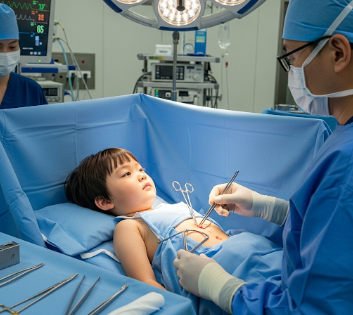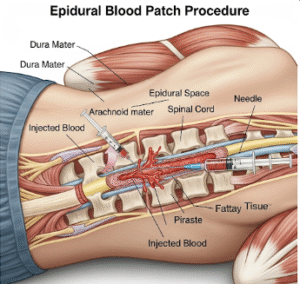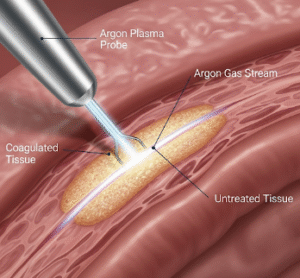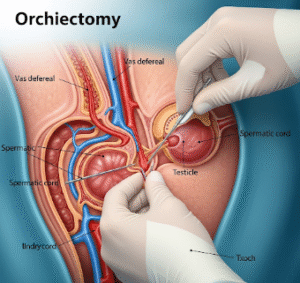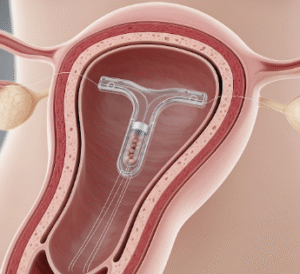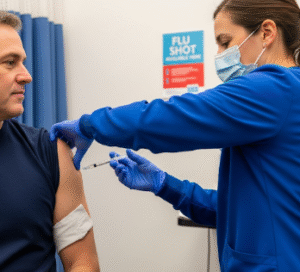Overview
An epigastric hernia in children occurs when fat or abdominal tissue protrudes through a weak spot in the upper abdominal wall between the breastbone and belly button. Although often small, these hernias can cause discomfort, pain, or complications if left untreated.
Epigastric hernia repair in children is a surgical procedure that closes the defect in the abdominal wall, restoring normal anatomy and preventing future complications.
In South Korea, pediatric hernia repair is performed in specialized children’s hospitals and pediatric surgery centers. Korean surgeons use modern techniques, minimally invasive approaches, and child-friendly anesthesia, ensuring safe, effective, and comfortable procedures for young patients.
What is Epigastric Hernia Repair in Children?
Epigastric hernia repair involves returning herniated tissue or fat to the abdominal cavity and closing the abdominal wall defect.
The procedure is recommended for children who have:
- Visible bulging or swelling along the midline of the upper abdomen
- Pain or tenderness in the affected area
- Complications such as obstruction or incarceration of herniated tissue
- Elective repair for cosmetic or preventive reasons
Repair can be performed using:
- Open surgery → a small incision over the hernia for direct repair
- Minimally invasive/laparoscopic surgery → small incisions, less pain, faster recovery
What are the benefits?
Epigastric hernia repair in children provides several advantages:
- Relieves discomfort and pain → corrects abdominal wall bulge
- ➤ Prevents complications such as strangulation or obstruction
- ➤ Minimally invasive options → less pain, smaller scars, faster healing
- ➤ Durable repair → reduces recurrence risk with mesh or sutured closure
- ➤ Quick recovery → most children resume normal activities in a few days
- ➤ High success rates in Korea with skilled pediatric surgeons
Procedure Details
1) How should I prepare for Epigastric Hernia Repair in Children?
Proper preparation ensures safety and comfort:
- Medical evaluation → blood tests, imaging, and review of medical history
- Medication adjustment → discuss any blood-thinning or chronic medications
- Fasting instructions → usually no food or drink 6–8 hours before anesthesia
- Child preparation → explain procedure in child-friendly terms, comfort items may be allowed
- Informed consent → parents discuss surgical options, risks, and expected outcomes
2) What happens during the procedure Epigastric Hernia Repair in Children?
The procedure typically takes 30–60 minutes:
- Anesthesia → general anesthesia is used for child safety and comfort
- Incision → small incision over the hernia or laparoscopic entry points
- Hernia reduction → herniated tissue is gently returned to the abdominal cavity
- Wall repair → defect is closed using sutures; mesh may be used in larger defects
- Closure → incision is sutured with fine, absorbable stitches, and sterile dressing applied
In Korea, pediatric surgeons use child-friendly minimally invasive techniques, ensuring less pain, minimal scarring, and rapid recovery.
3) What happens after an Epigastric Hernia Repair in Children?
- Recovery room monitoring → children are observed for vital signs and anesthesia effects
- Pain management → mild analgesics appropriate for children
- Activity restriction → light activity for 1–2 weeks; avoid rough play or heavy lifting
- Follow-up → wound check and suture removal if needed
- Long-term outcome → most children heal completely and can resume normal play and activities within weeks
Risks / Benefits
Potential Risks:
- Mild pain, swelling, or bruising at the surgical site
- Rare infection at the incision site
- Recurrence of hernia → uncommon with proper repair
- Rare complications → anesthesia-related issues or injury to surrounding tissue
Key Benefits:
- Corrects bulge and relieves discomfort
- ➤ Prevents life-threatening complications such as strangulation
- ➤ Minimally invasive techniques → faster recovery and smaller scars
- ➤ Durable repair → long-term protection against recurrence
- ➤ High success rates in Korea with experienced pediatric surgeons
Recovery and Outlook
- Short-term recovery → mild soreness, limited activity for the first few days
- Functional improvement → pain relief and normalization of abdominal wall function
- Cosmetic results → minimal scarring, especially with laparoscopic repair
- Long-term outlook → most children enjoy complete recovery with very low recurrence
- In Korea, recovery protocols are child-focused, with expert follow-up and supportive care
When To Call the Doctor
Contact your healthcare provider if your child experiences:
- Severe pain or sudden swelling
- ➤ Signs of infection such as redness, warmth, or discharge
- ➤ Fever or unusual lethargy
- ➤ Persistent vomiting or refusal to eat
- ➤ Bulge recurrence or abnormal changes at the surgical site
Early evaluation ensures safe recovery and prevention of complications.
Best Korea Option / Process
South Korea offers world-class pediatric hernia repair services:
- Experienced pediatric surgeons → skilled in minimally invasive and open repair techniques
- Child-friendly hospitals → advanced anesthesia, monitoring, and supportive care
- Comprehensive care packages → preoperative assessment, surgery, and postoperative follow-up
- Minimally invasive approach → outpatient or short hospital stay
- International patient support → multilingual staff, appointment scheduling, and personalized care
Patients choosing Korea for epigastric hernia repair in children can expect safe, effective, and comfortable outcomes, making it a top destination for pediatric hernia surgery in Asia.

